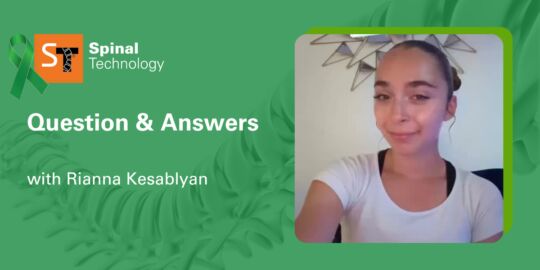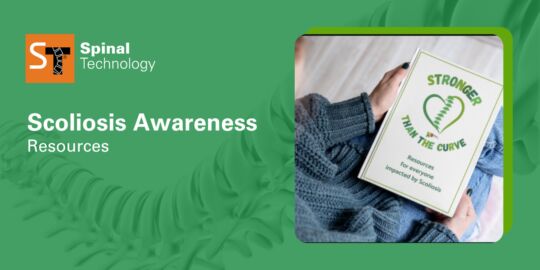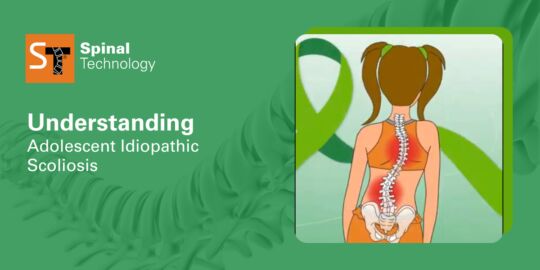What is Scoliosis Awareness?
At Spinal Technology, our goal is to spread awareness to parents, caregivers, schools and community leaders about how to detect scoliosis. Adolescent idiopathic scoliosis is recognized as the most common type of spinal deformity and estimated to affect anywhere from 2% to 5% of all children.
June is National Scoliosis Month. While we stay on the forefront of scoliosis research and treatment options all year long, this month is dedicated to growing awareness in the public. Educating parents and caregivers about early detection is only the first step. See below for a list of other things you can do to grow awareness.
“National Scoliosis Awareness Month takes place yearly in June with the goal of highlighting the growing need for education, early detection and awareness to the public about scoliosis and its prevalence within the community. The campaign also unites scoliosis patients, families, physicians, clinicians, institutions and related businesses in collaborative partnerships of local activities, events and grassroots networking throughout the month.”
- Scoliosis Research Society
Early detection is critical for successful outcomes. On our blog we have articles related to early detection and ways you can spot scoliosis in children. If you or someone you know has already been diagnosed with scoliosis, here are some ways that you can help your peers and family members learn about scoliosis.
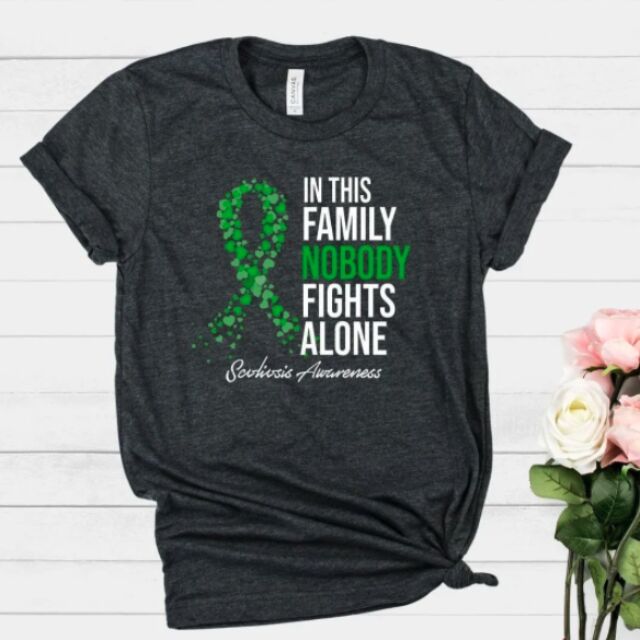
1. Wear Green. A quick google search will produce an array of #scolistrong products from T-shirts to wristbands; backpacks to stickers. Showing anyone around you that you are proud to be a scoliosis warrior. (image: Higgy Bears)
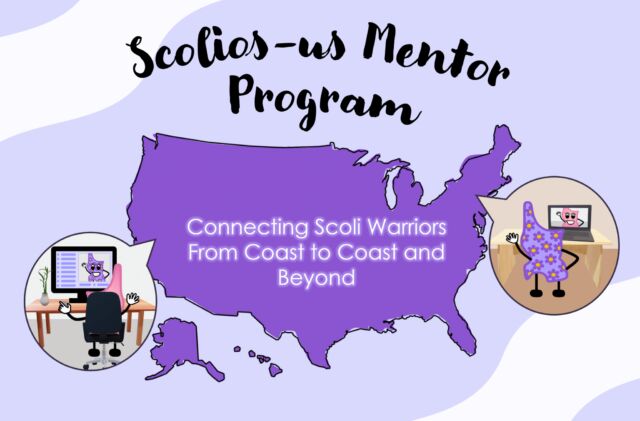
2. Join a Mentor or Support program. Having a group of kids and adults who have already begun their scoliosis journey helps to become aware that you are not alone. There are many people who have come before you who can be a great resource to answer questions or share some of your concerns. Groups like Bracing for Scolios-us, Curvy Girls, Embraced (FB group for parents), Scoliosis Support Group (FB group for girls 8-12 and their parents) and Early Onset Juvenile Scoliosis Support Group are just a few to check out.
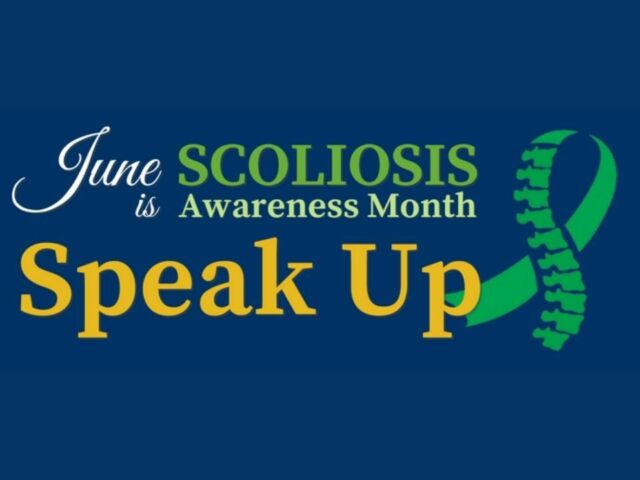
3. Join National Awareness Campaigns. Organizations such as Scoliosis Research Society have letters that you can download and send to your local and state representatives to bring awareness to a larger audience. Visit srs.org for more information.
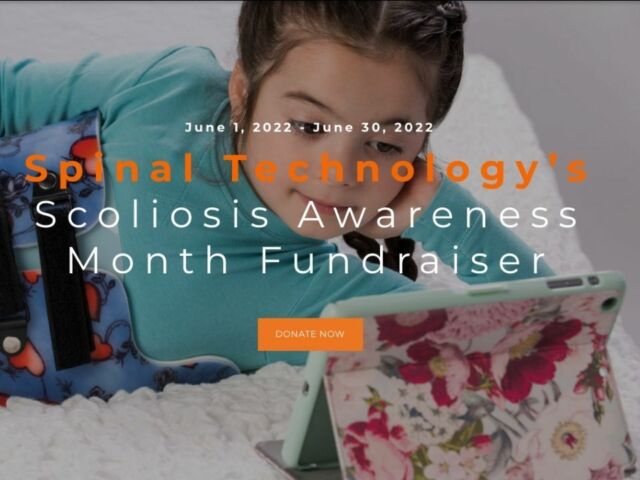
4. Raise Funds for Research. Contact a group such as Setting Scoliosis Straight and set up your own, or share an existing fundraiser to help scoliosis research. This research helps us stay at the forefront of new treatment options for scoliosis.
